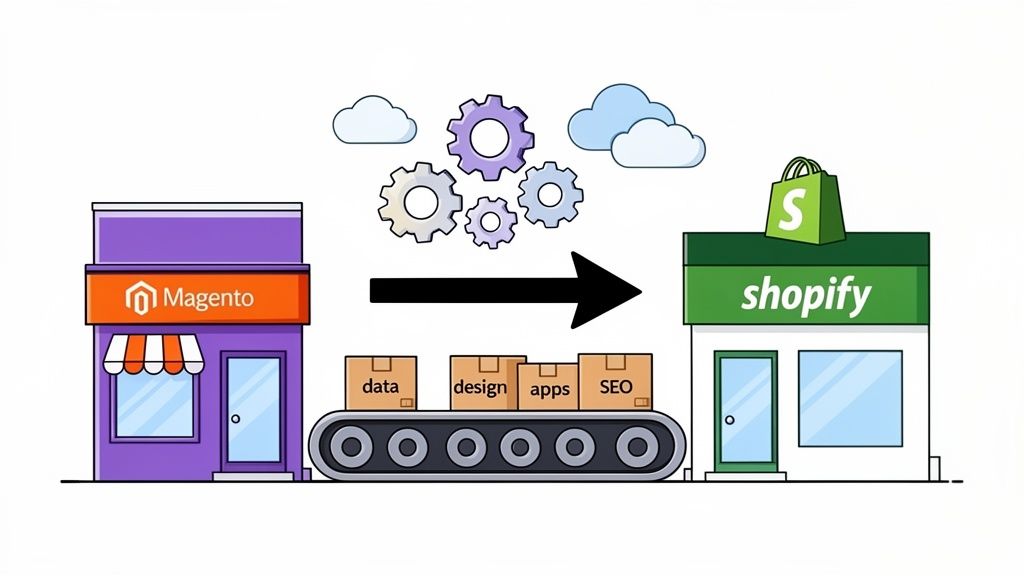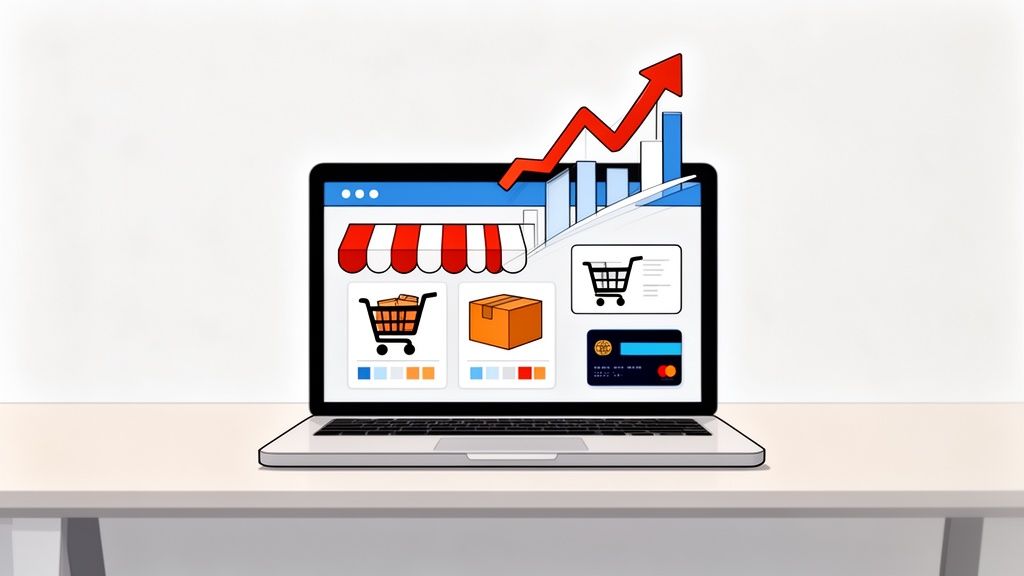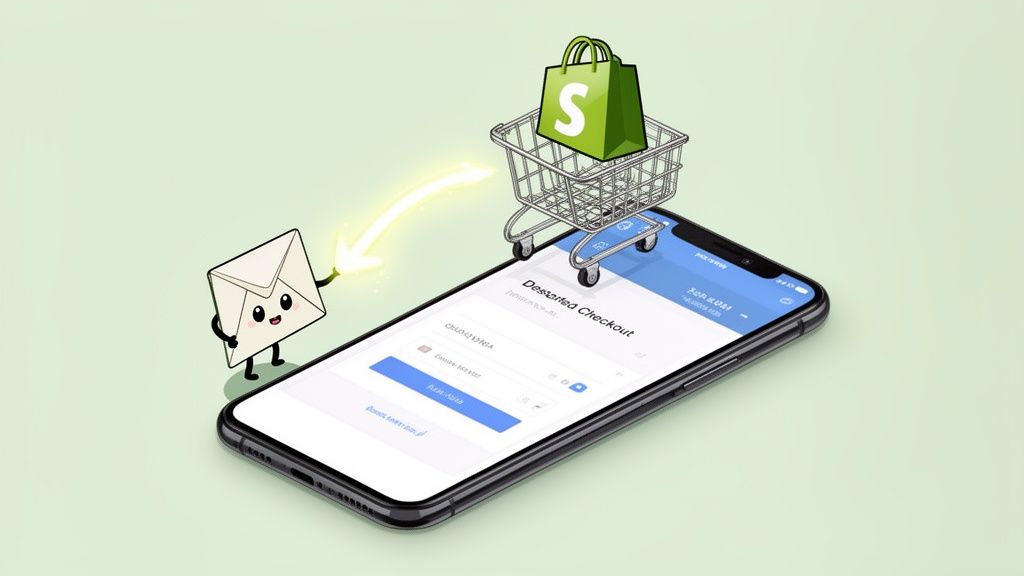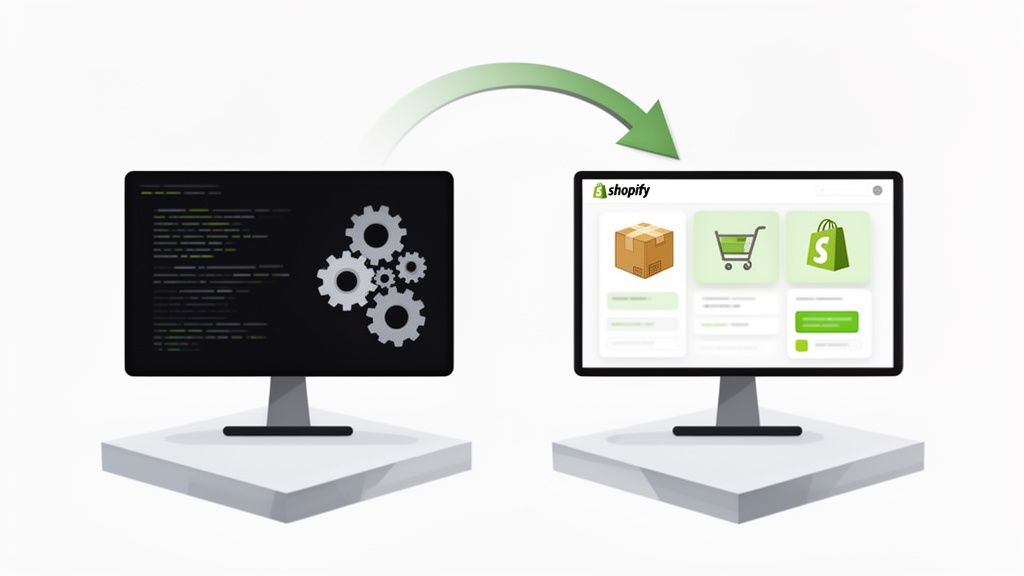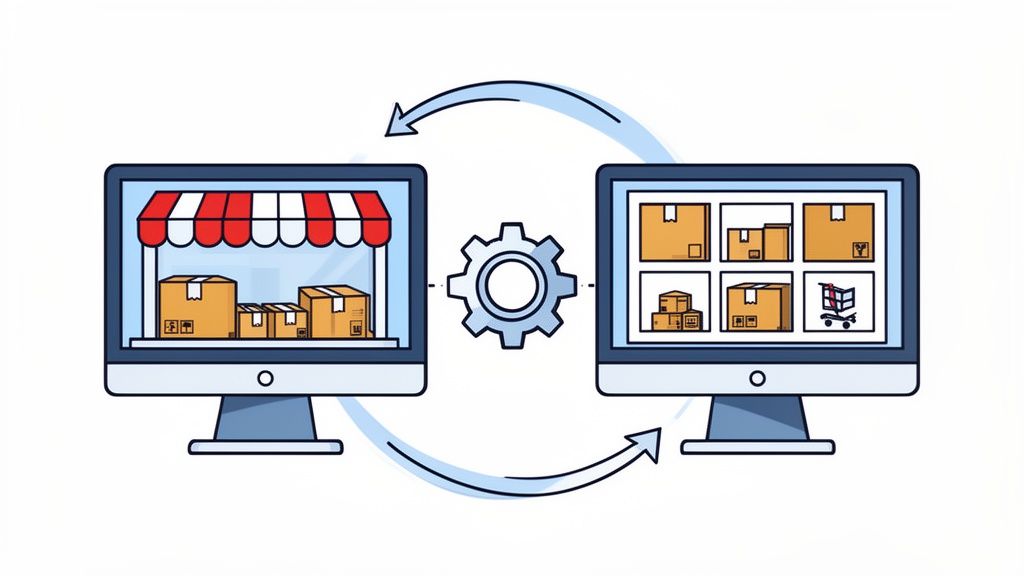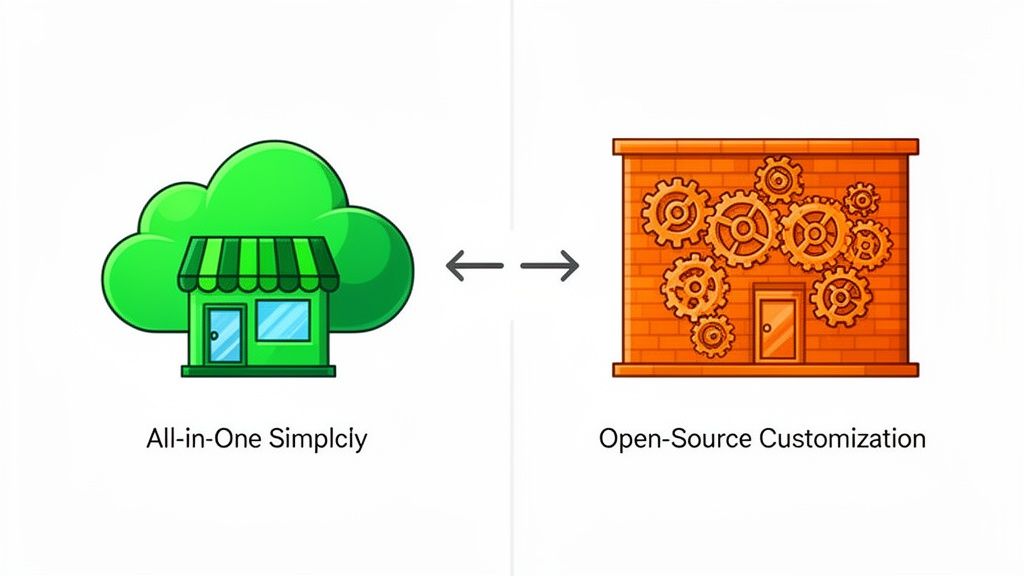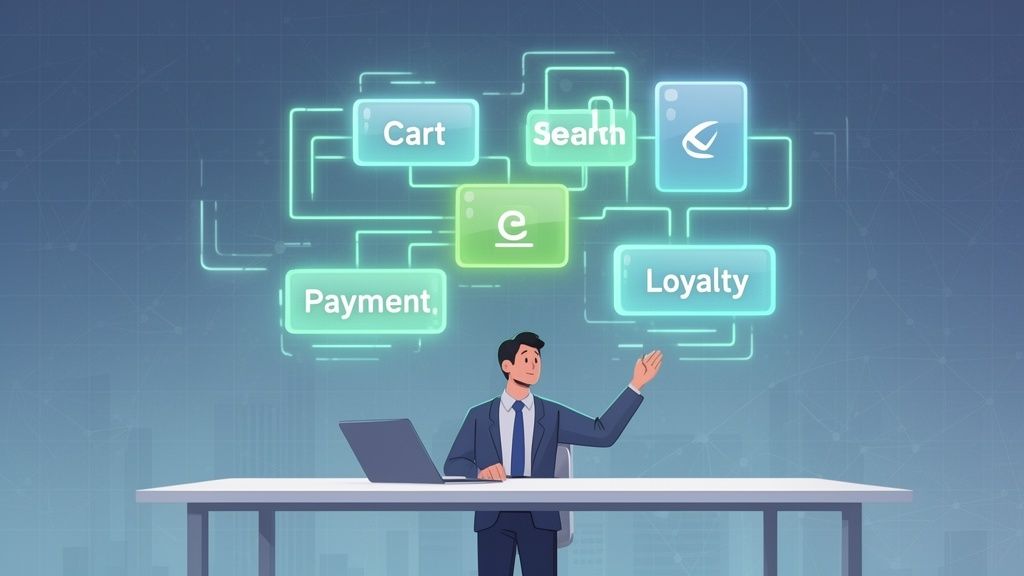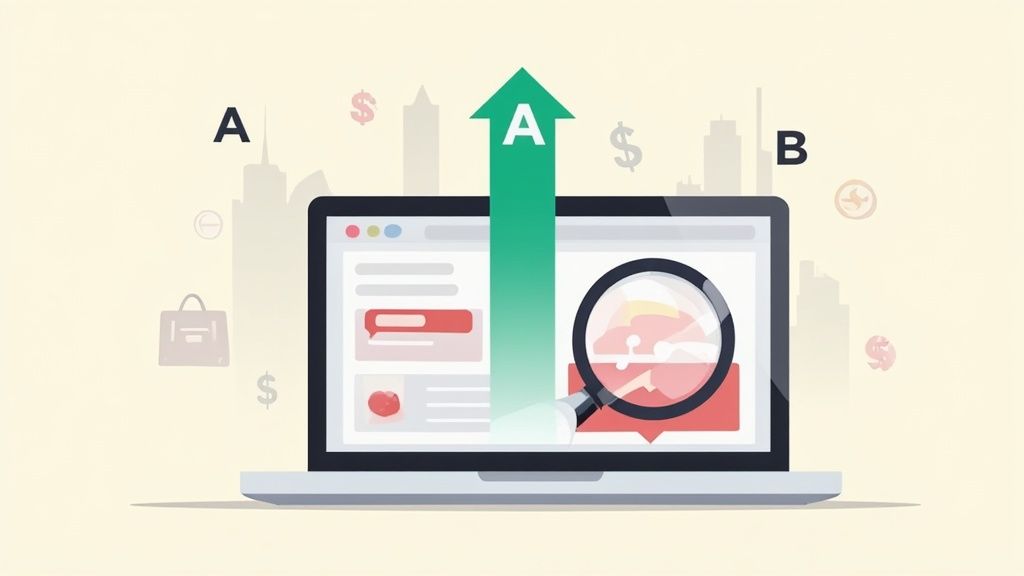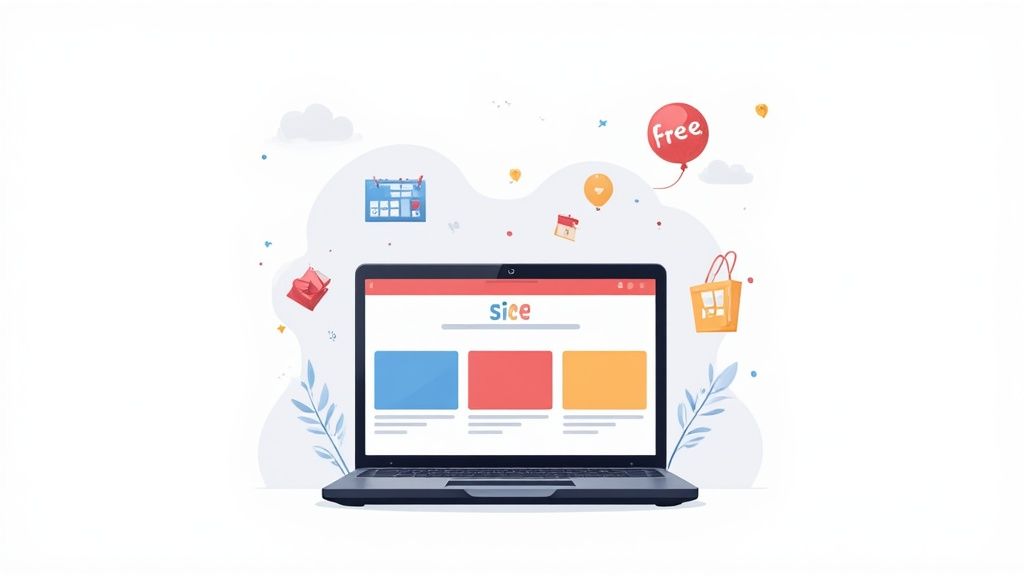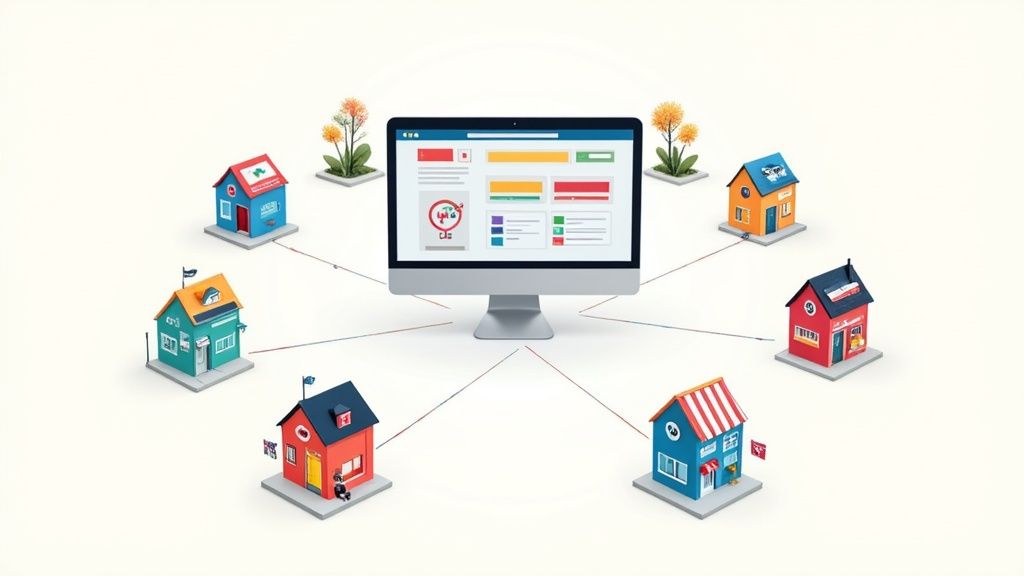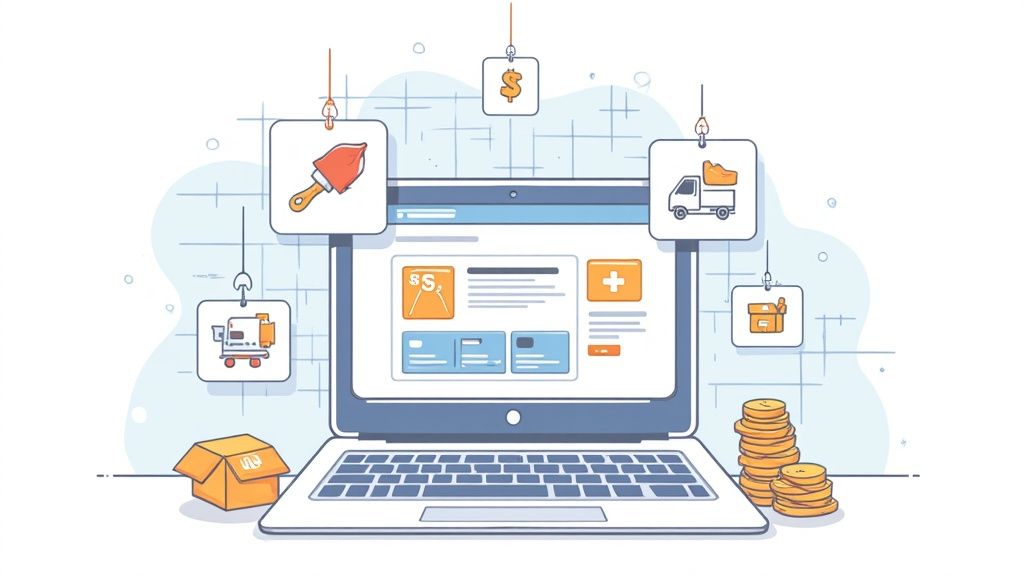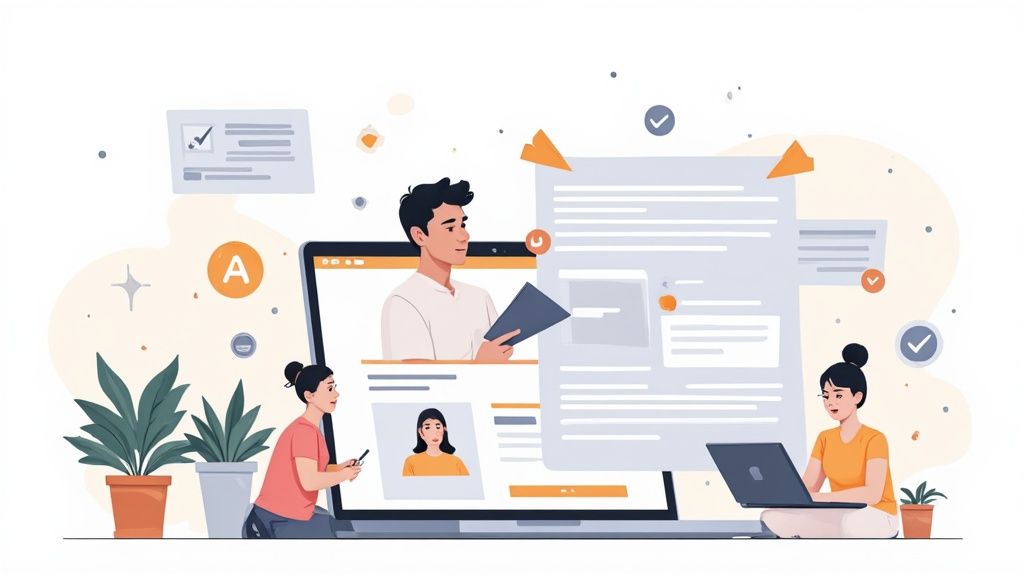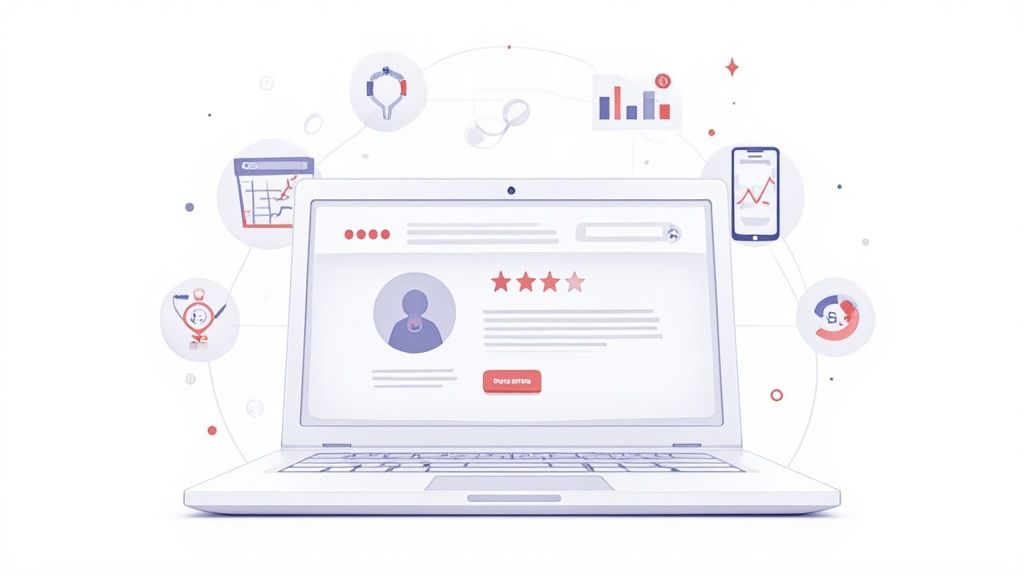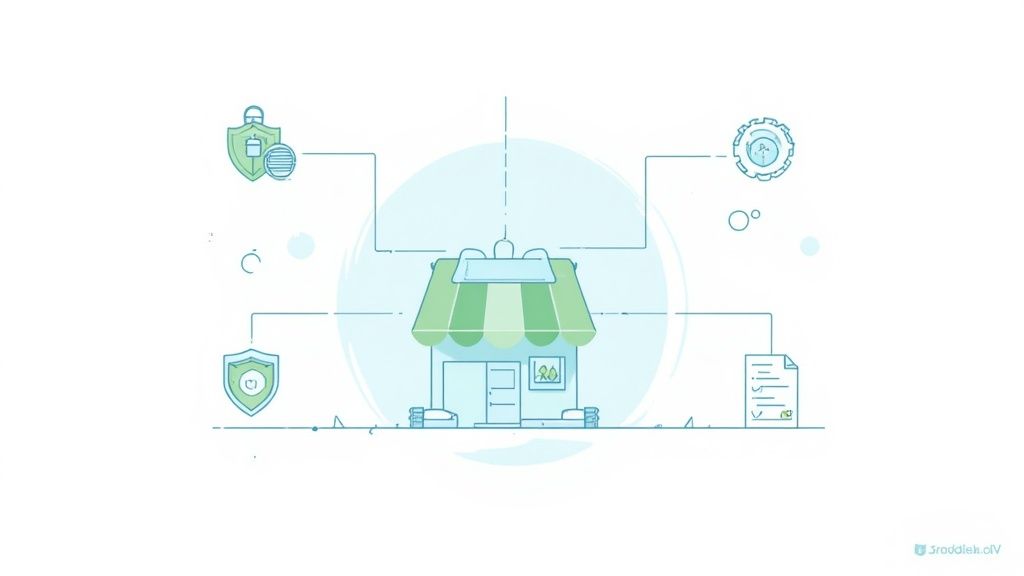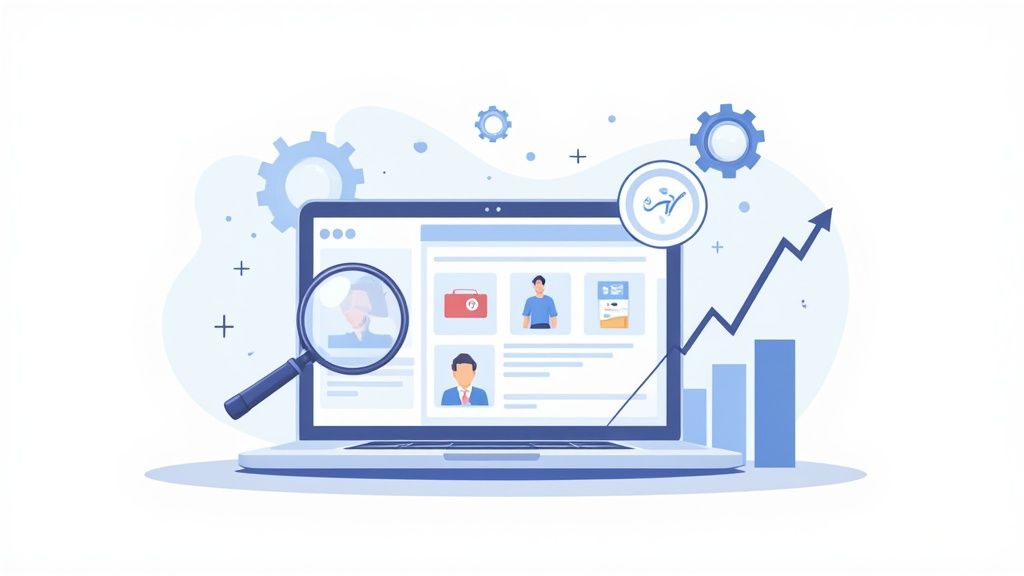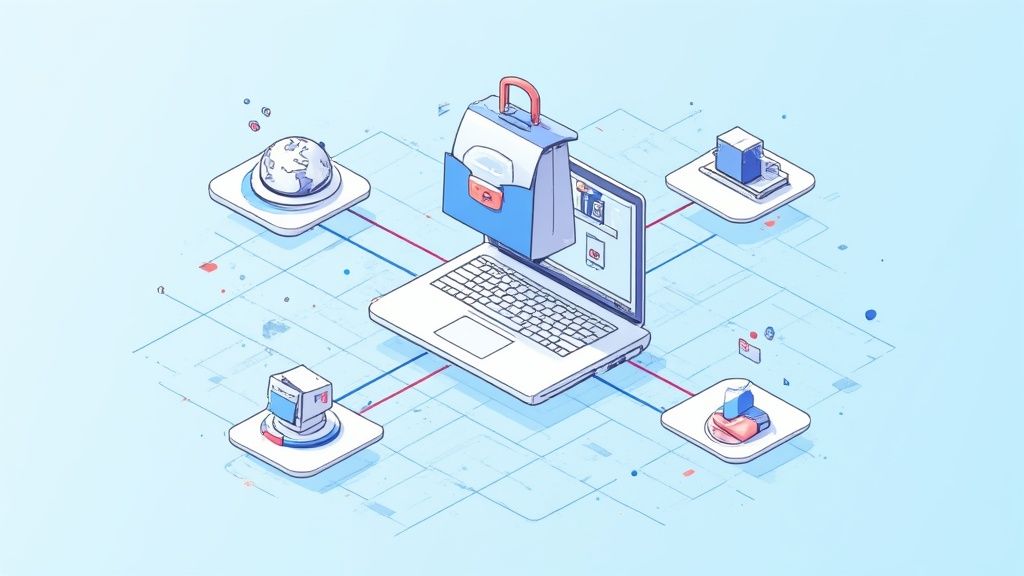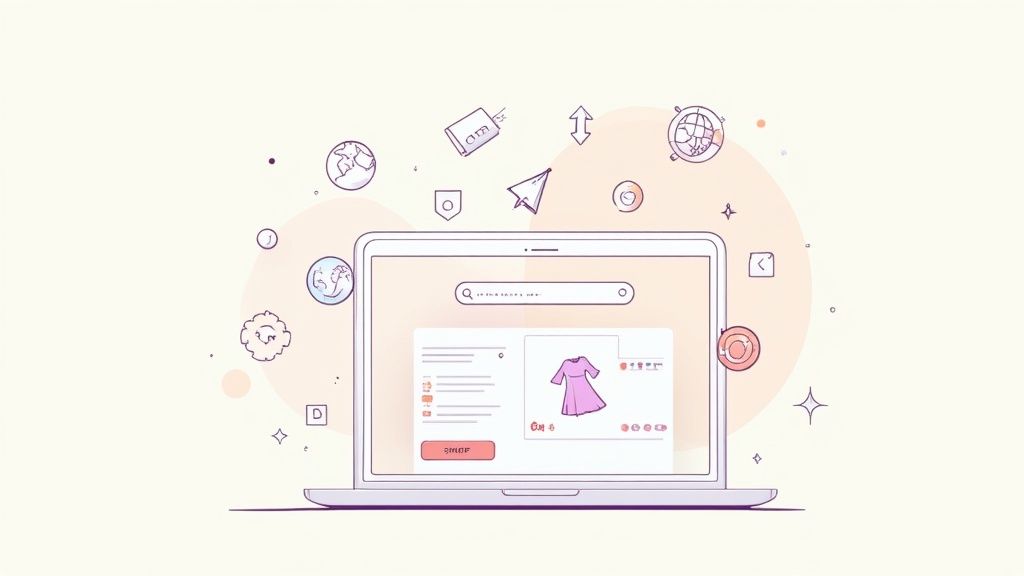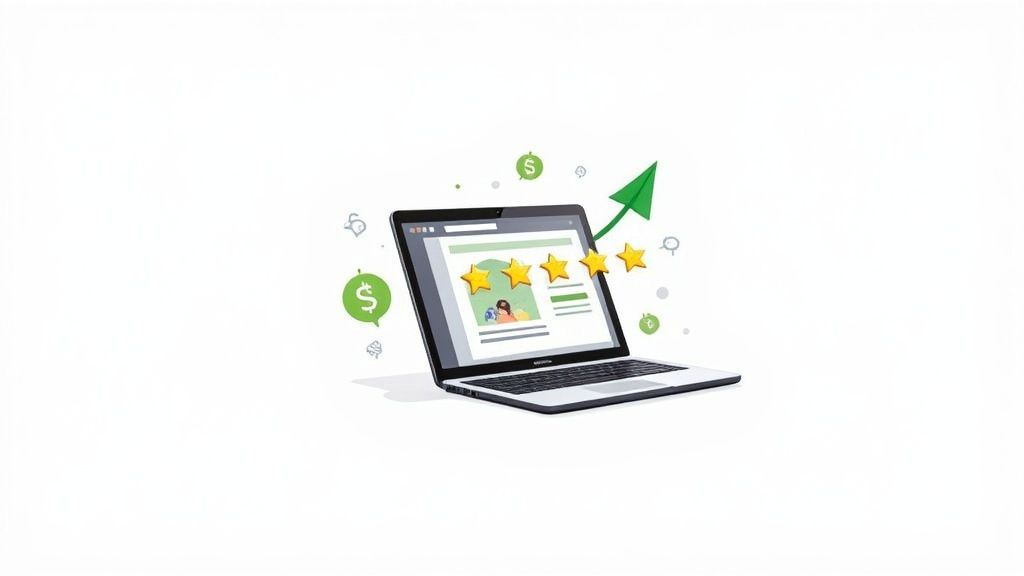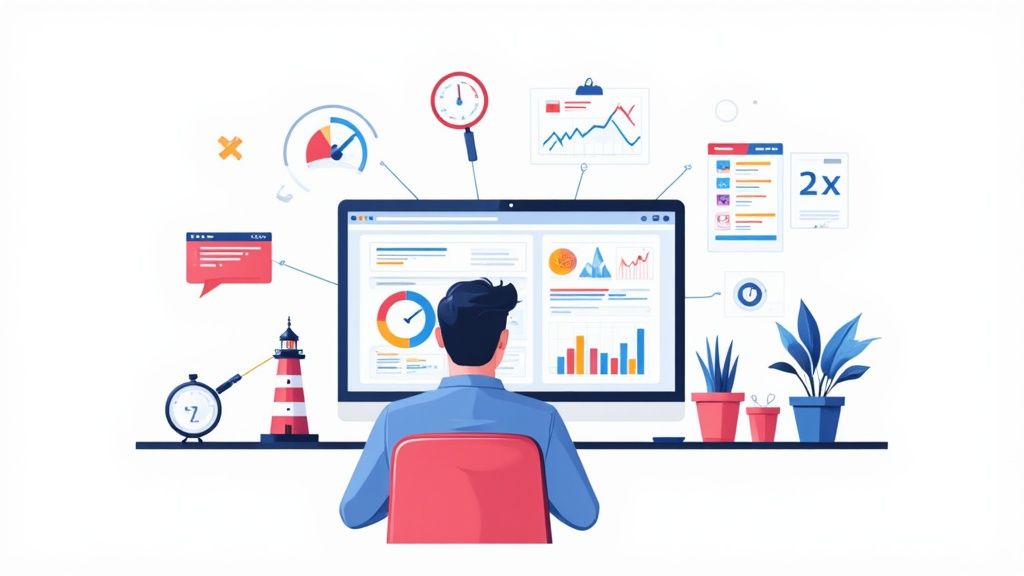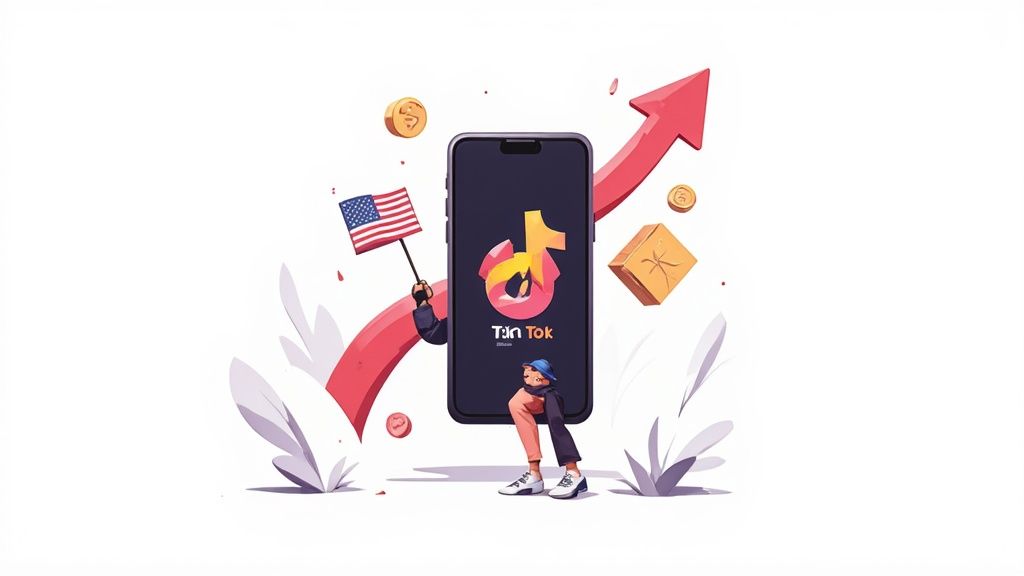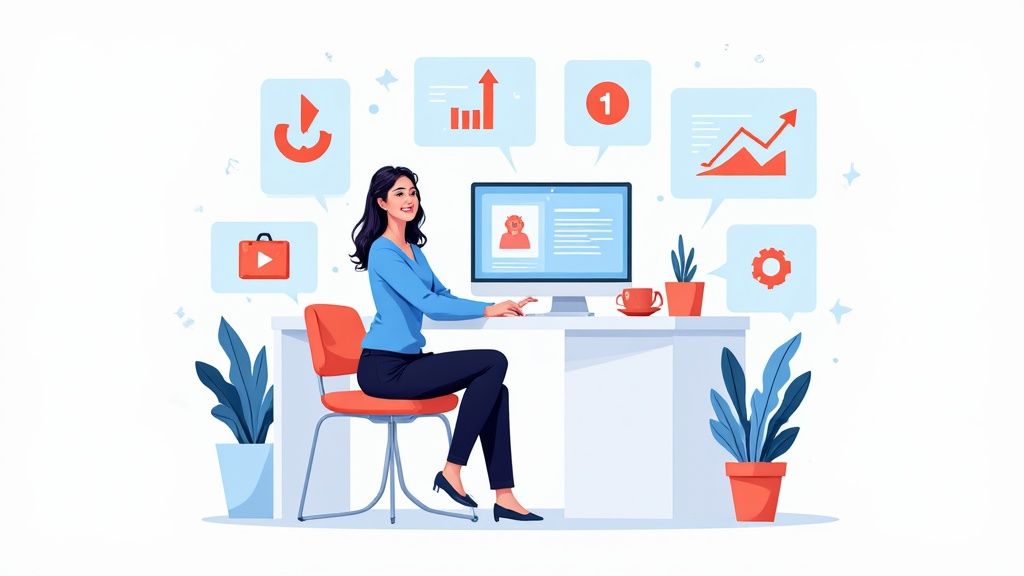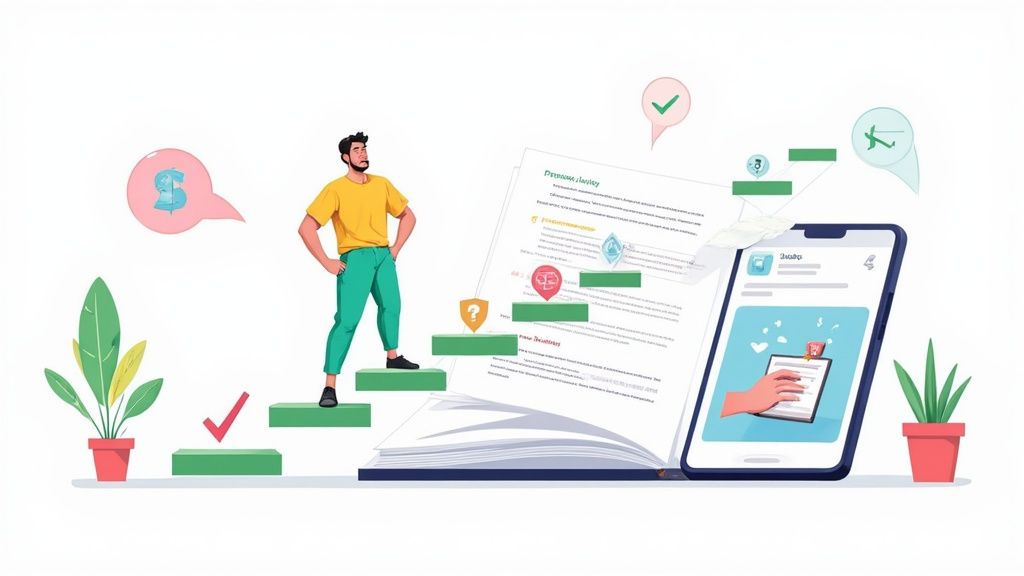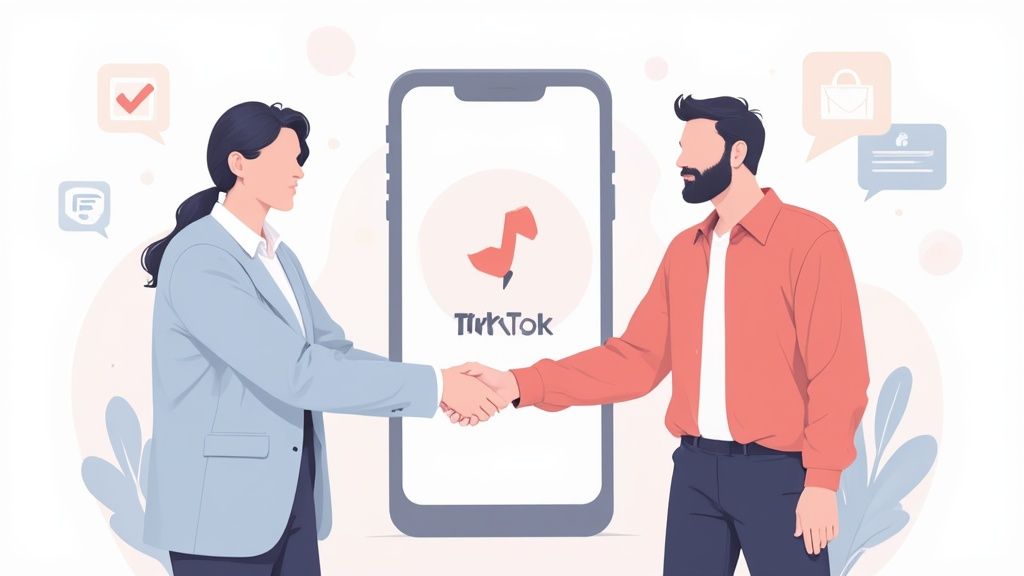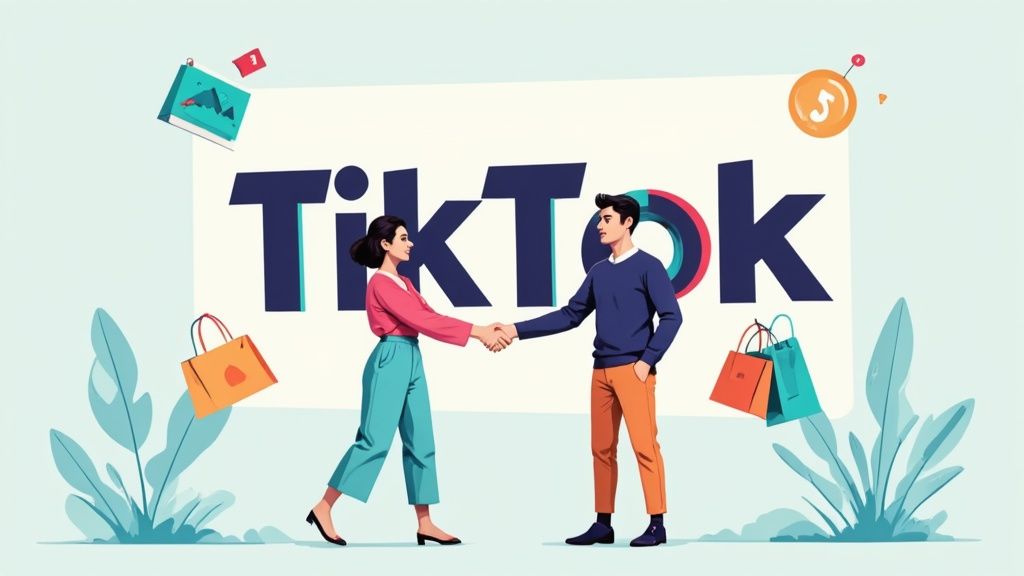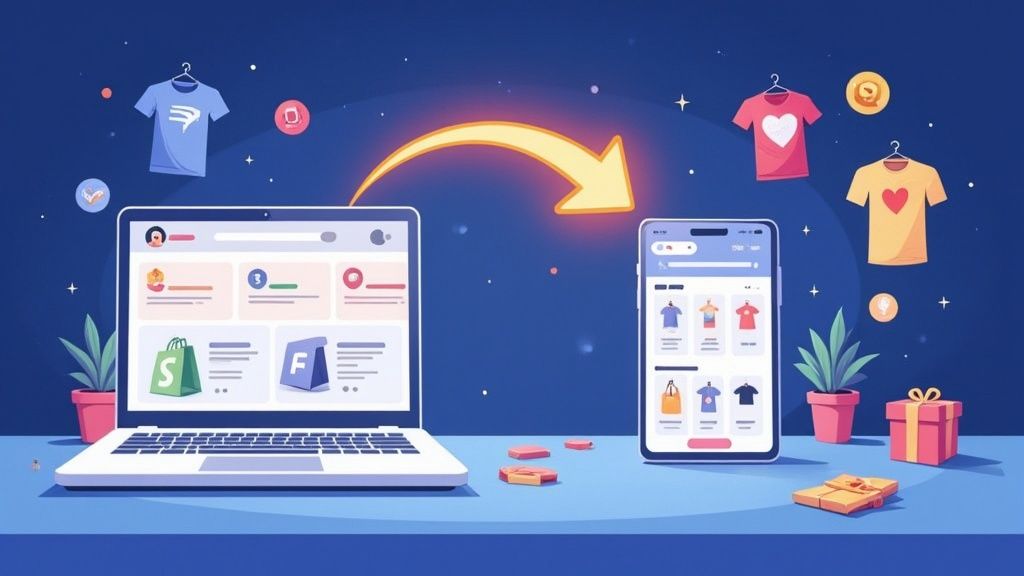

The internet should be inclusive, catering to everyone's needs. It's not just for those with perfect vision, hearing, or full motor control. However, in the early days of the web, many sites had accessibility barriers, leaving people with visual or hearing impairments, or limited motor skills, with few options.
Fortunately, times have changed. Thanks to initiatives like the Americans with Disabilities Act (ADA) and guidelines from the World Wide Web Consortium, the Internet is becoming more accessible. Additionally, the market now offers assistive technologies, empowering developers to enhance website accessibility for all users.
Let's delve into today's web accessibility standards and explore solutions that can be applied to your ecommerce website.
What is web Accessibility?
Web accessibility involves the art of crafting and refining a website or web application to ensure usability for as many individuals as possible, irrespective of their physical condition or cognitive abilities. Developers embrace this philosophy to democratize access to online information, particularly given the internet's indispensable role in daily life.
A fully accessible website promises a gratifying user experience to all, accommodating those with compromised vision, hearing, speech, motor skills, or cognitive faculties. Developers proactively identify potential accessibility challenges during the web development journey, tailoring applications to maximize accessibility for a broad audience.
What are best practices for web accessibility standards?
Web developers adhere to the acronym POUR to delineate the hallmarks of a sufficiently accessible website:
Permeability: Content should be discernible by one or more senses. While most users rely on visual cues, others may depend on auditory cues via screen readers or tactile feedback through refreshable braille displays.
Operability: Users should be able to interact with web content in a manner that suits their preferences. Interaction methods may include typing, tapping, clicking, swiping, or scrolling, with alternative options like eye trackers or head wands available for those with limited motor skills.
Understandability: Web content should be comprehensible to users regardless of their physical or cognitive limitations. Design elements should maintain consistency, while textual and graphical components should be clear, concise, and logically arranged, such as ensuring that text captions accompany relevant images.
Robustness: Web content must exhibit resilience across various devices, some of which may utilize accessibility aids like text-to-voice software to interpret multimedia content effectively.
What are the guidelines for accessible websites?
Numerous organizations and governmental bodies have established guidelines to ensure fairness and inclusivity for Internet users. Here's an overview of key entities and their accessibility standards:
Web Content Accessibility Guidelines (WCAG):
The WCAG, developed by the World Wide Web Consortium (W3C) under the Web Accessibility Initiative–Accessible Rich Internet Applications (WAI-ARIA), provides a comprehensive framework representing global web standards. It covers various aspects of accessibility for desktop web browsers, mobile apps, and other internet-connected applications, including screen readers. Key principles of WCAG include:
- Text alternatives for non-text content: Websites featuring non-textual elements like videos, graphics, or audio files should provide text descriptions to supplement them, commonly known as alt text.
- Captions and alternative multimedia options: Providing captions, transcripts, and sign language interpreters for video content ensures accessibility for those who rely on visual or auditory alternatives.
- Flexible presentation options: WCAG encourages customizable content presentation, allowing users to adjust settings for improved comprehension, such as text enlargement or audio playback of text blocks.
- Enhanced visibility and audibility: Guidelines discourage reliance on color alone for conveying information, suggesting resizable text and images. Additionally, websites should avoid auto-playing music upon loading and ensure any background audio plays at a low volume to minimize distractions.
- Clarity and readability of text: Websites hosting legally binding documents, such as contracts or user agreements, should use easily readable fonts and offer downloadable versions for accessibility.
Americans with Disabilities Act (ADA):
Enacted by Congress in 1990, the Americans with Disabilities Act (ADA) aims to combat discrimination based on ability. It applies to both governmental agencies and private enterprises with 15 or more employees. ADA guidelines for official websites mandate accessibility features for vital services such as voter registration, absentee ballot applications, tax filings, state benefit claims, police report submissions, and fee or ticket payments.
While the ADA doesn't specify website requirements for private companies, it emphasizes the obligation of all public-facing businesses to provide appropriate communication aids and services, known as auxiliary aids and services, to ensure effective interaction with individuals with disabilities. The US Department of Justice emphasizes that inaccessible website features can impede disabled individuals' access to goods, services, and privileges offered by public accommodations. Although specific requirements aren't outlined, the Justice Department encourages businesses to maximize website accessibility and directs web developers to adhere to WCAG standards.
EU Web Accessibility Directive:
The European Union's web accessibility directive delineates accessibility criteria for desktop and mobile web content across EU member states. Key components of this initiative include:
- Accessibility statements: Each website and mobile application must feature an accessibility statement acknowledging inaccessible elements and offering alternative solutions.
- Feedback mechanisms: Websites and applications must incorporate mechanisms for users to report accessibility issues or seek clarifications regarding non-accessible content.
- Monitoring of public platforms: Websites and applications serving the public or facilitating government functions must undergo regular monitoring, with reports submitted to the European Commission every three years.
How to make your website accessible
Enhancing your website's accessibility not only fosters inclusivity but also brings tangible business benefits. By catering to diverse user needs, you can broaden your audience and foster greater engagement. Here are practical strategies to maximize accessibility for all visitors:
- Alt Text for Images: Provide descriptive alt text for images and videos to aid users with vision impairments who rely on screen reading software. Additionally, alt text ensures that content remains accessible for users with low-speed internet connections.
- Captions on Videos: Incorporate closed captions in videos to assist individuals with hearing impairments or those who prefer silent browsing. You can manually add captions or utilize transcription software for seamless integration.
- Color Contrast: Opt for high-contrast color schemes to enhance visibility, particularly for users with color vision deficiencies. Avoid relying solely on color to convey information, and instead, incorporate additional visual cues like lines and spacing.
- Flashing Content: Steer clear of flashing or blinking content, as it can cause distraction or discomfort for certain users and even trigger seizures in extreme cases.
- Video Playback Controls: Provide users with control over video and audio playback, avoiding autoplay features that may disrupt browsing experiences. Enable options for repeat plays and pausing to accommodate individual preferences.
Implementing these accessibility measures can be facilitated through your website builder's authoring tools or by enlisting the expertise of specialized vendors in accessible communication technologies. Whether enhancing existing content or building from scratch, prioritizing accessibility ensures an inclusive online experience for all users.
How to test your website’s accessibility
Assessing your website's accessibility levels is crucial for ongoing improvement. Consider utilizing the following evaluation tools:
- SortSite: This automated tool scans your website for accessibility, device compatibility, SEO optimization, broken links, and secure connections, streamlining the evaluation process.
- WAVE: The WAVE web accessibility evaluation tool evaluates your site's compliance with WCAG guidelines by simulating user browsing experiences across digital platforms.
- A11Y Color Contrast Accessibility Validator: This tool assesses your website's color contrast to address issues that may impact users with color vision deficiencies, offering suggestions for improvement.
Incorporating these evaluation tools into your website maintenance routine ensures ongoing accessibility enhancements, contributing to a more inclusive online environment while minimizing maintenance costs.
Сontact us If you have difficulties with Accessibility on your shop at Shopify








